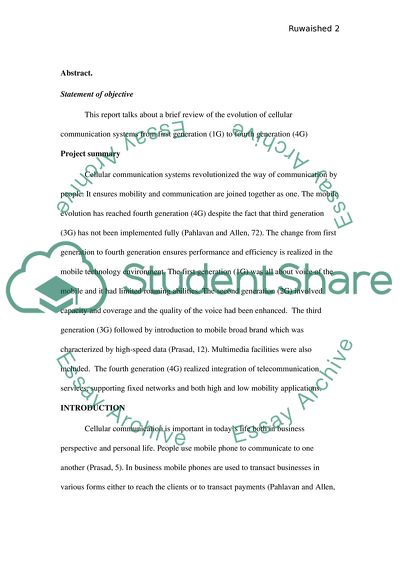Cite this document
(1G to 4G Cellular Communication System Coursework Example | Topics and Well Written Essays - 1750 words, n.d.)
1G to 4G Cellular Communication System Coursework Example | Topics and Well Written Essays - 1750 words. https://studentshare.org/engineering-and-construction/1815617-project-research-and-report-on-1g-to-4g-cellular-communication-systems
1G to 4G Cellular Communication System Coursework Example | Topics and Well Written Essays - 1750 words. https://studentshare.org/engineering-and-construction/1815617-project-research-and-report-on-1g-to-4g-cellular-communication-systems
(1G to 4G Cellular Communication System Coursework Example | Topics and Well Written Essays - 1750 Words)
1G to 4G Cellular Communication System Coursework Example | Topics and Well Written Essays - 1750 Words. https://studentshare.org/engineering-and-construction/1815617-project-research-and-report-on-1g-to-4g-cellular-communication-systems.
1G to 4G Cellular Communication System Coursework Example | Topics and Well Written Essays - 1750 Words. https://studentshare.org/engineering-and-construction/1815617-project-research-and-report-on-1g-to-4g-cellular-communication-systems.
“1G to 4G Cellular Communication System Coursework Example | Topics and Well Written Essays - 1750 Words”. https://studentshare.org/engineering-and-construction/1815617-project-research-and-report-on-1g-to-4g-cellular-communication-systems.


